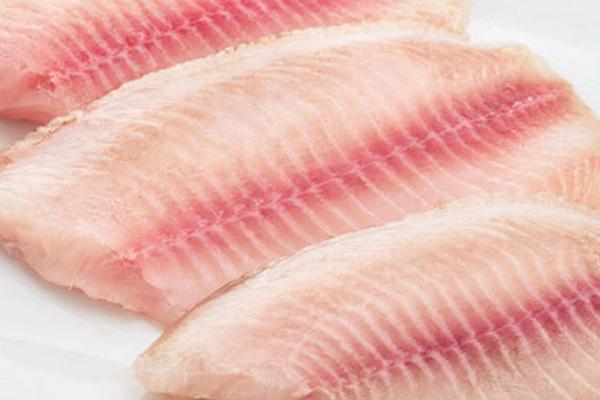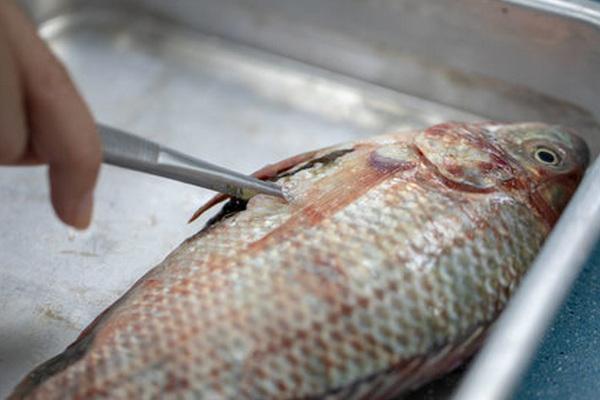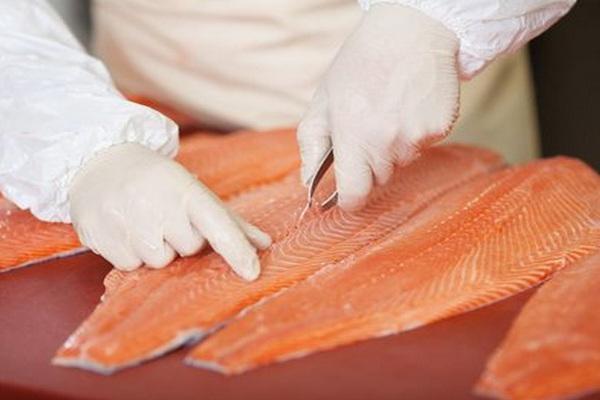Зміст
For years, we have heard that we eat too little fish, which is a valuable source of protein, vitamins, and omega-3 unsaturated fatty acids. Indeed, especially fatty sea fish has a great effect on the heart and bones, reduces the risk of atherosclerosis and even promotes weight loss. Unfortunately, pollution of the water and the entire environment means that fish can deposit and accumulate harmful substances. The most dangerous are dioxins, heavy metals (mercury, cadmium and lead), as well as carcinogenic pesticides, insecticides and preservatives. They can damage the liver and kidneys, and cause cancer and hormonal imbalances. However, the threats do not end there – in some species of fish, we can also find dangerous parasites. Check which fish is best not to buy from the store.
Dioxins in fish

Dioxins are toxic substances from the development of heavy industry (production in steel mills) – they are classified as persistent organic pollutants. These carcinogenic molecules or chemical compounds have a very long decay time and, at the same time, easily travel long distances, settling in water and soil. Scientists warn that they are especially easy to accumulate in the adipose tissue of fish, especially predatory species that feed on smaller fish. Dioxins are among the most carcinogenic substances in nature. They are responsible not only for the formation of cancer, but also for disorders of the immune, nervous and reproductive systems. Studies have confirmed that the highest dioxin levels are found in Baltic herring and salmon.
Mercury and lead in fish
Another toxin commonly found in fish is methyl mercury. It has been found that it is most abundant in large predators that have lived for many years, such as sharks, swordfish and large tuna, as well as Baltic salmon. The toxin, which is released faster and faster in the seas and oceans due to rising water temperatures, can damage the liver and kidneys, and contribute to neurological disorders.
Fish from Asian farms should also be avoided – they are heavily contaminated with lead. This heavy metal has been released into the environment from the combustion of leaded gasoline or coal. Numerous studies have confirmed its toxicity and harmful effects on the nervous system and even bone marrow damage. The most contaminated with lead are tilapia and pangasius.
Pesticides in fish
Fish can also accumulate substances contained in currently banned plant protection products that have been used for many years. One is ethoxyquin, which can ultimately damage the liver and disrupt the immune system. Most of the toxin was found in farmed fish, mainly Norwegian salmon, but also in trout, sea bream and herring. Only organic farms met the required standards. Another toxin that accumulates in fish is chlordane, an insecticide also on the list of persistent organic pollutants. This significantly contributes to the development of cancer and hormonal disorders. Studies have shown that all fish in the Baltic Sea have it.
Microplastic in fish
Another threat to our health is the microplastics found in fish. Synthetic particles from fabrics, cosmetics or plastic packaging enter the water and are eaten by fish. Garbage in the seas and oceans is primarily to blame. Meanwhile, microplastics are already called a silent killer – it accumulates in the body and gradually damages it. It is believed to be the cause of hormone-dependent tumors, diseases of the thyroid gland and the digestive system. Microplastics can be found in all types of fish, but fish from Asian farms are especially dangerous (due to even more water pollution).
Parasites in fish

Fish also carry parasites very often. Fortunately, most of them live in the digestive system, which is removed during evisceration. However, the greatest danger is posed by nematodes, which can enter the liver and even penetrate the muscles of the fish. This is especially the case with cod and herring. Heat treatment inactivates the parasites, but eating fish raw (e.g. on sushi) is dangerous. Then they must be refrozen – at least 7 days. Infection with nematodes can cause anisakiasis, a disease manifested by severe food poisoning and even damage to the gastrointestinal tract.








